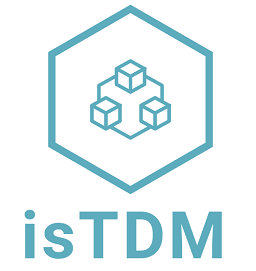Purpose:
This technology refers to (1) an ATD conceptual model; and (2) an architectural technical debt management (ATDM) process applying the proposed conceptual model, and aligned with a general architecting process“. Then, they can “facilitate optimal decision making in architecture design and achieve a controllable and predictable balance between the value and cost of architecture design in the long term.” (Li, Liang, and Avgeriou, 2014).
How this technology can be used?
In summary, both the ATD conceptual model and the ATDM process can be adopted to manage ATD items in software organizations as follows:
- The ATD conceptual model can be used for capturing and using ATD in the architecting process.
- The ATDM process can be used for structuring a process for managing ATD items by performing the required ATDM activities taking into account their input and output in the architecting process.
Detailed instructions for adopting the ATD conceptual model, ATDM process, their suggested artifacts, and concerns can be found in (Li, Liang, and Avgeriou, 2014).
Prerequisite for use it:
To adopt concepts and practices on architectural decisions provided in ISO 42010:2011.
Supported TD type(s): Architectural Debts.
Supported TDM activity (ies): Documentation, Identification, Measurement, Monitoring Prioritization, and Repayment.
Source/Input Artifact(s): Information and/or artifacts related to the archicteture of software products. Information and/or artifacts related to archicteture of software products.
Project Context, Programming Language or Domain Application: The using of ATD conceptual model and ATDM Process are independent of project context, programming language and domain application.
Evidence Type(s): Source(s): Case Study.
Reference:
